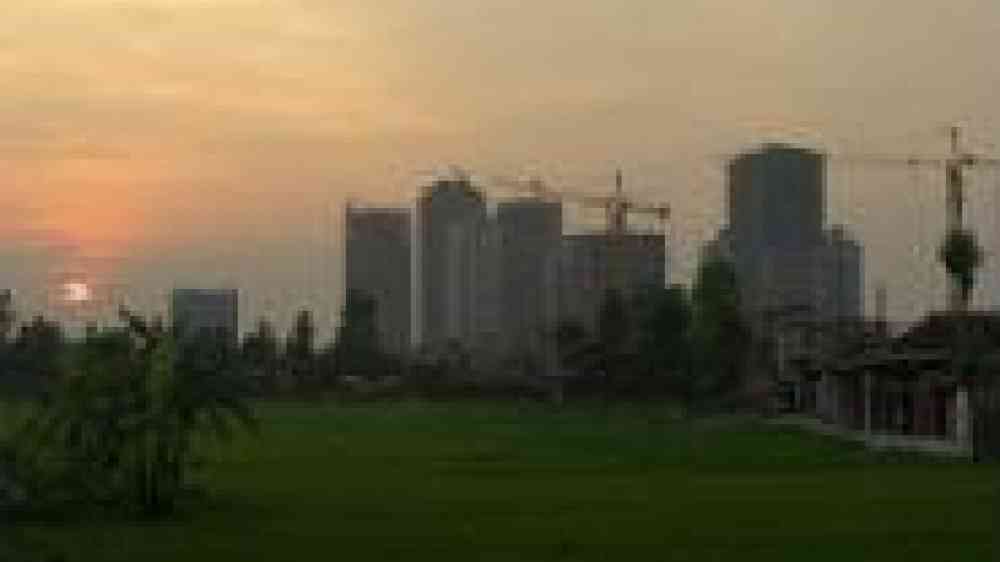Climate change studies analyse risks and resilience in urban Vietnam

Three reports published today provide policymakers with concrete proposals to reduce the diverse threats that climate change poses to different communities in urban areas of Vietnam, reports PhysOrg. 'The studies recommend ways policymakers and others can act to increase people's resilience as temperatures rise and extreme weather poses more threats to their health, livelihoods and housing', says Diane Archer, a researcher at the International Institute for Environment and Development who coordinates ACCCRN research projects.
According to PhysOrg, the first study showed that outdoor workers in Da Nang face increasing health threats from extreme heat and have few options for adapting. The second study assessed costs and benefits of restoring mangrove forests around Thi Nai lagoon in Quy Nhon City. The third study identified reasons why low-income communities in Hue and Da Nang lack housing that can withstand climatic disasters.